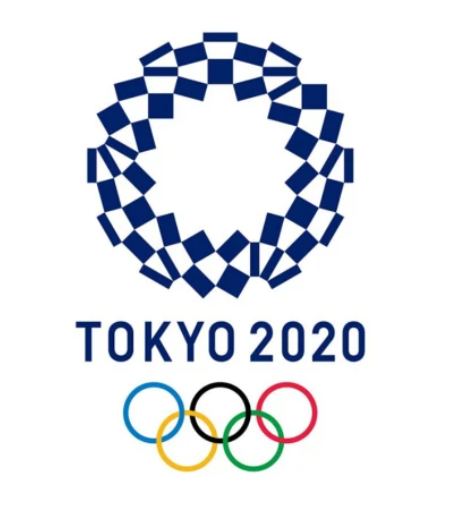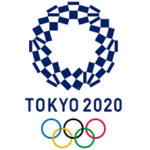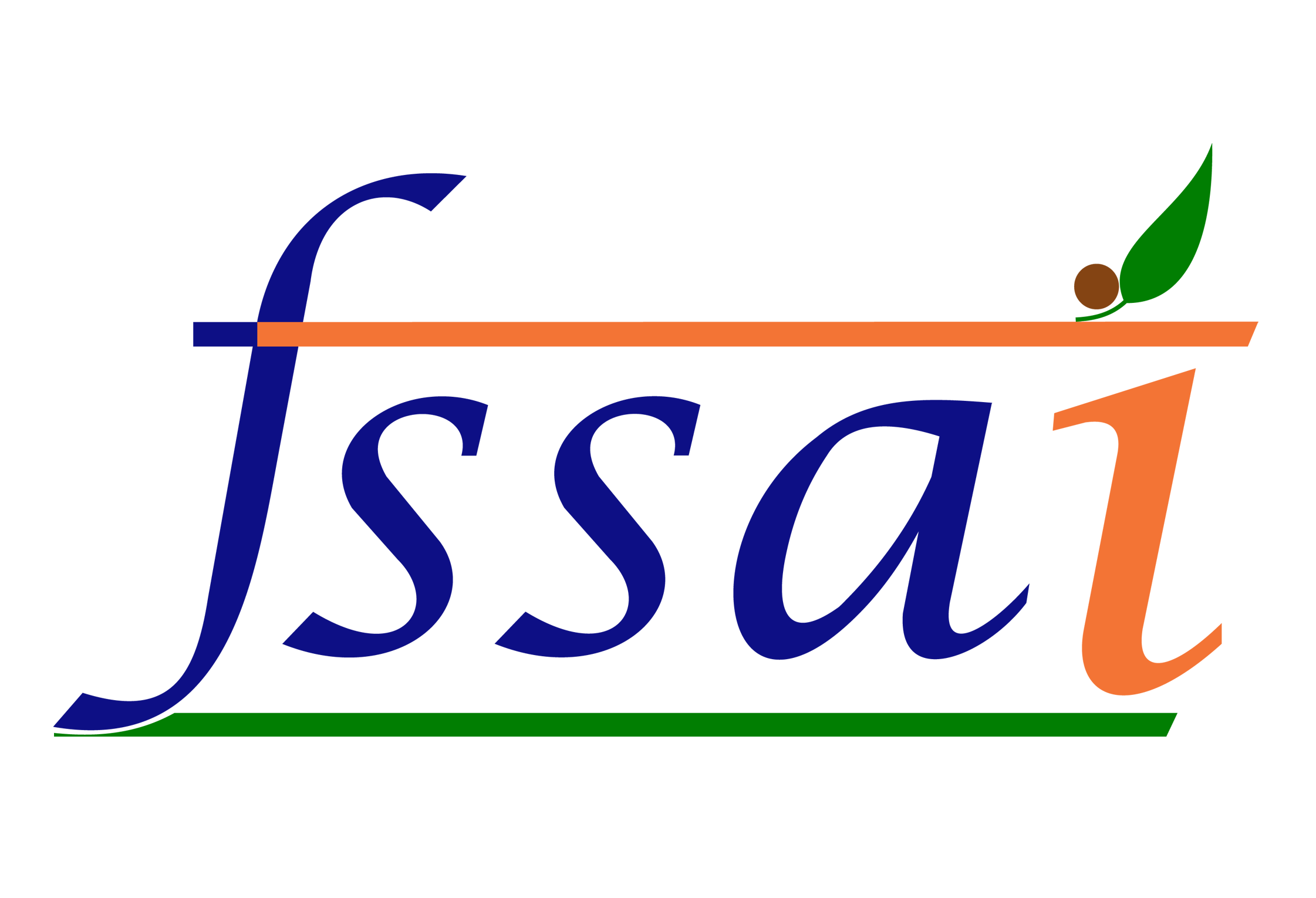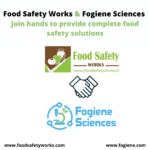The Tokyo Olympics is on after a delay of a year because of the Coronavirus pandemic. Several thousands of people including athletes, officials from overseas, supporting staff, journalists are attending the event. Even at ordinary times, feeding such a huge population is a challenge and a small mistake in the way food is handled or prepared can lead to serious sickness like food poisoning. Hence utmost care should be taken to ensure that the food and beverage offered at the Olympic village is monitored at every stage before serving it to the people. Keeping the importance of Food Safety in mind, the Organising Committee of the Olympic and Paralympic Games has formulated guidelines and manuals to ensure that the athletes can compete at their full potential. Curious about what they have, here is the list of guidelines from the government to ensure safe food.
- Guidelines for Ensuring Safety of Food and Beverage Served in Tokyo 2020 Games
- Hygiene Management Manual for Large-scale Food Preparation Facilities
- Checklist for inspection of food service establishments
- Guidelines on Management and Operation Standards to be Observed by Food-Related Business Operators
These guidelines apply to all food businesses that process, prepare, store, sell, or transport food and beverages to be consumed in the premises of the Tokyo 2020 Games facilities.The principal agenda behind framing these guidelines are
- Nutritional management for athletes
- Safety and hygiene of food products
- Environmental considerations
- Unity in Diversity
- Dissemination of information about topics such as food culture and engagement.
All large-scale food preparation facilities that provide 300 servings or more of the same menu at a time or 750 servings or more of the same menu per day should comply with the Hygiene Management Manual for Large-scale Food Preparation Facilities, which was developed with the aim of preventing food poisoning. The document provides a detailed account of the HACCP-based critical control points to be monitored during food preparation. With the help of these guidelines the large scale food establishments that are a part of the Olympics can establish a hygiene management system to inspect the Critical Control Points, record inspection results, and take necessary measures for improvement and correction.
The manual gives a detailed account of raw material receiving and preliminary processing of raw materials, control of cooking temperatures for foods, prevention of cross-contamination and how to monitor temperature of raw materials and prepared foods.
In order to eliminate the risk of food poisoning, inspections of the produce and ingredients, and each of the cooking facilities installed at the village restaurants should be conducted . In addition to the Guidelines for Ensuring Safety, the organizing committee has provided various checklists for the use of food establishments to manage food safety. This includes a checklist for inspection of food service establishments from the process of receiving raw materials until the delivery to different destinations.
The checklists are for Preparation Facility Inspection, Personnel Hygiene Management, Raw Material Handling, Receiving Inspection, Checklist for Kitchen Equipments and Water Quality Monitoring, Food Preparation, Food Storage and Records for Temperature Control and Delivery Records. Specially appointed hygiene supervisors will carry out the inspection using these checklists and report their findings to the facility manager.These inspection reports are to be retained for a period of one year. Based on the severity of the anomalies, the facility manager can decide on how to rectify the deviations that occurred, if the anomaly cannot be rectified then he can make a decision to reject food materials, remove some items from the menu, or even recall ready-to-eat food products that are unsafe.
However there is some information that lacks clarity. While providing the allergen information, the only allergens to be declared are eggs, milk, wheat, buckwheat, peanuts, prawns/lobsters, crabs, other crustaceans, cereals containing gluten (wheat, rye, barley, oats, spelt, and their hybridized strains), fish, soybeans, tree nuts, sesame and sulphites in concentrations of 10 mg/kg or more. While people from different countries are attending the event, each country has a different list of allergens. Keeping this in mind, the organizers could have included Mustard, Celery, Lupin which are considered as allergens in countries like EU, UK and Australia. In some countries even mangoes, tomatoes, royal jellies are considered as allergens.
The temperature control range of the food prepared at the premises is given in the guideline document as 100 C or below; or at 650 C or higher before serving, which is different from the industry best practice of maintaining below 50 C because between 5°C and 60°C, is considered as a danger zone where bacteria multiplies rapidly and can result in food poisoning from pathogenic bacteria growing to unsafe levels.
Another scope for improvement could have been on the COVID-19 guidelines on handling food. Although the virus is not transmitted through food, the guideline document could have contained some information about the same to reinforce the same among the food handlers and the precautions they need to take to prevent the spread of the virus.
Despite these gaps, the guidelines provided by the organizing committee are a great effort to ensure food safety is maintained as people from all over the world are there to take part in the Olympics and ensuring food safety is very critical for athletes as even a small deviation in food safety can affect the performance of athletes at the Olympics.






